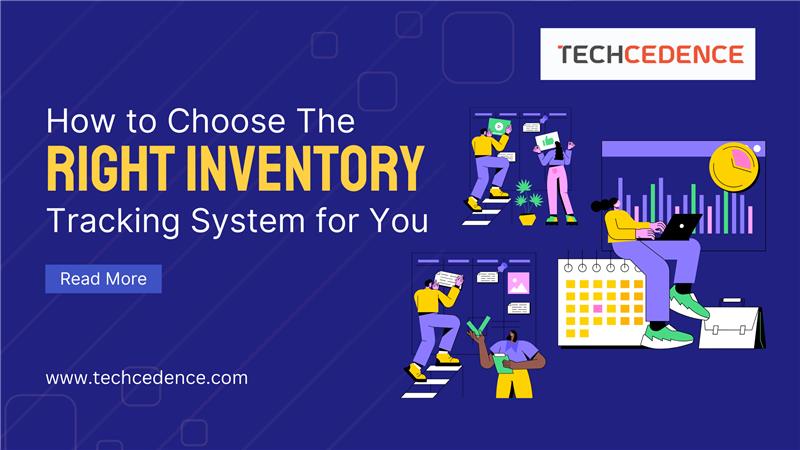
Categories : Product
Author : techcedence Date : Feb 26, 2024
Fast-growing enterprises need a sophisticated approach to keep pace with incoming opportunities as well as successes.
If you find yourself in a situation where you are pivoting to a more robust inventory management that can resolve existing bottlenecks, you are not alone!
But you must ensure it works well with your current business workflow.
In this blog, we’ll talk about why you need the best inventory management software, how to choose the right one, and how to make sure it serves your business infrastructure.
An inventory tracking system keeps track and oversees all your stock products and raw materials with accuracy.
While some software solutions manage the entire supply chain, others are more focused on certain aspects of business, like shipping, storage, fulfillment and so on. It’s your job to assess what your business requires in the long term.
Here are the features available for inventory management:
These system capabilities work together to avoid bad purchasing decisions leading to issues like overages or stockouts.
If you’re a growing business, then the answer is – yes! Start-ups can make do with manual inventory systems during the early stages, but as the volume of transactions grows, it’s important to have a more advanced solution.
You should switch to an inventory management solution if you have:
Without the right inventory system, the above-mentioned circumstances can drain your finances, which is considered a potential red flag. This can lead to low inventory turnover and excessive working capital, which means – idle funds in the inventory.
You can choose a suitable inventory system based on the infrastructure. There are of two types: on-premises and cloud-based solutions.
On-premises inventory system runs on their own servers and comes with licenses. These systems are suitable for both single as well as multi-warehouse environments. They can also adapt to the most complex of processes.
Businesses of all sizes can benefit from cloud-hosted software as it is affordable and accessible at the same time. You’ll often see this inventory system as software-as-a-service (SaaS) application hosted on vendor servers and billed monthly or even annually.
Business maturity goes beyond how long one has been in the business. It also includes how established one is in the industry. Not all platforms can be scalable to meet the needs of ever-growing organizations. So, find one that fits your own requirements by understanding your business and defining the following:
If you are using more than one selling platform, then make sure your software can handle multi-channel integrations. Your inventory system should be able to sync your balances from the many selling channels as well as locations like:
Estimate how much budget can be devoted to your inventory system in the long run. Depending on the method you choose you will be priced:
Whether you want to increase your revenue over the next two quarters and your portfolio comprises small, cheap items and huge, expensive equipment or you need to decide which of them are worth investing in to achieve your goal.
Whatever your goals may be, your inventory system needs to be flexible enough to adapt to all your needs.
Features are what separates the best inventory software programs from any other available options and help you choose the right system for your business. Some features are a nice addition to have, but here are some that are non-negotiable:
Considering the expanded knowledge of how inventory systems can contribute to overall company efficiency and cost savings, it’s time to put your knowledge into practice and begin searching for a good solution for your business needs.